The Passerelle Simone de Beauvoir looks like a giant streamer was thrown across the Seine river in Paris. It’s a pedestrian-only bridge (cyclists are allowed). It has an interesting story in that it was constructed in Alsac and taken to Paris on barges. The actual assembly in Paris only took 2 hours! It was constructed by the Eiffel company, as in the famous tower, but over 100 years later in 2006.




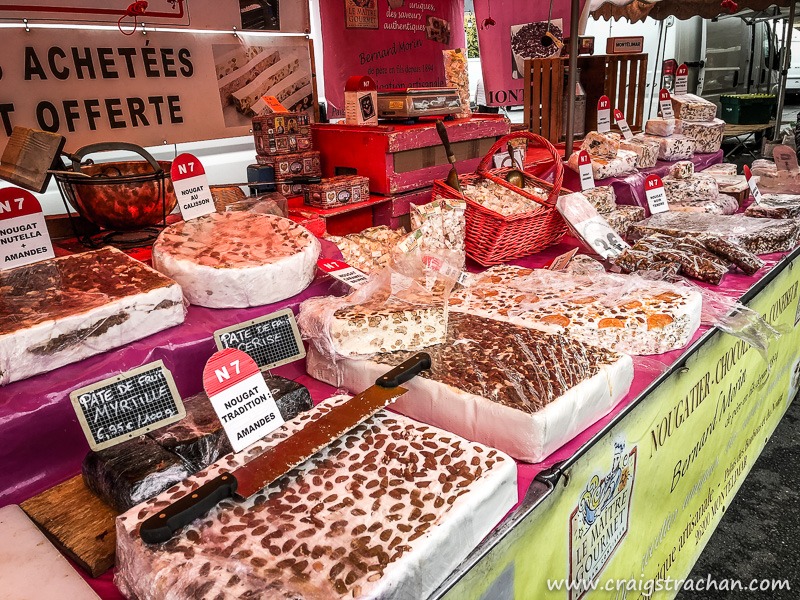
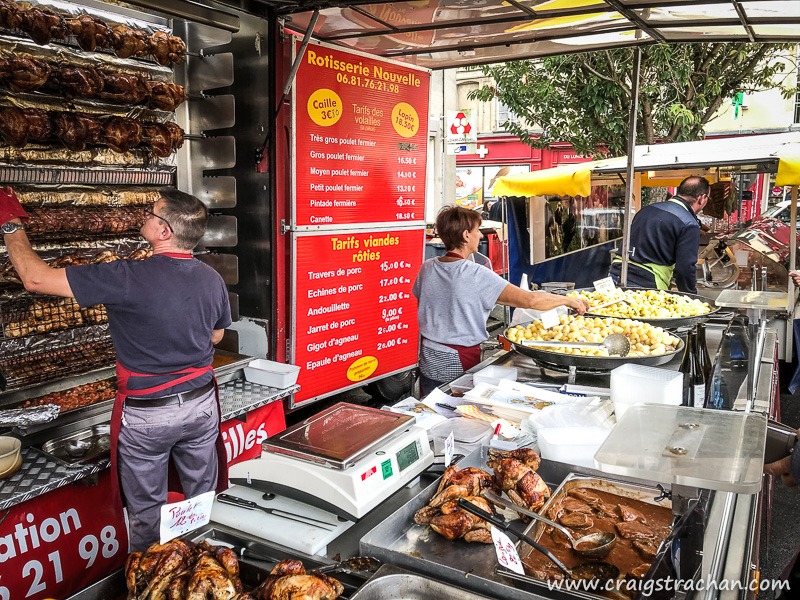
















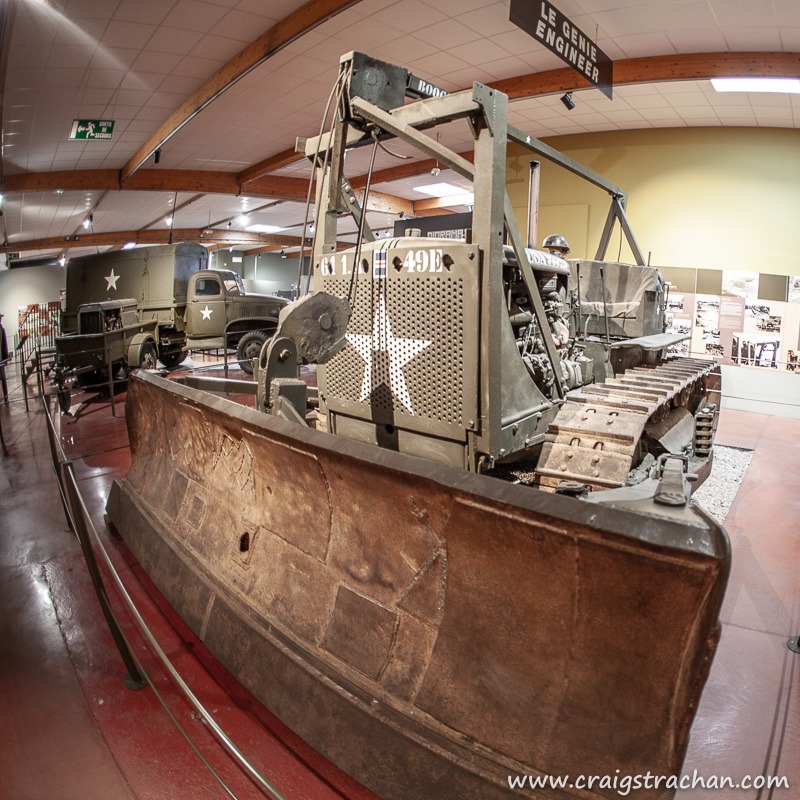
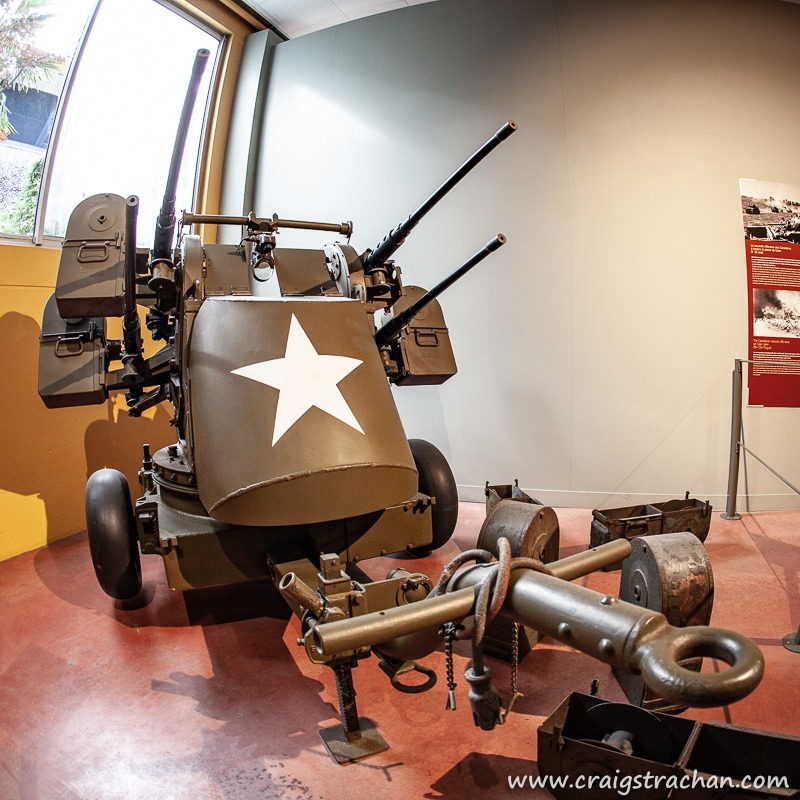
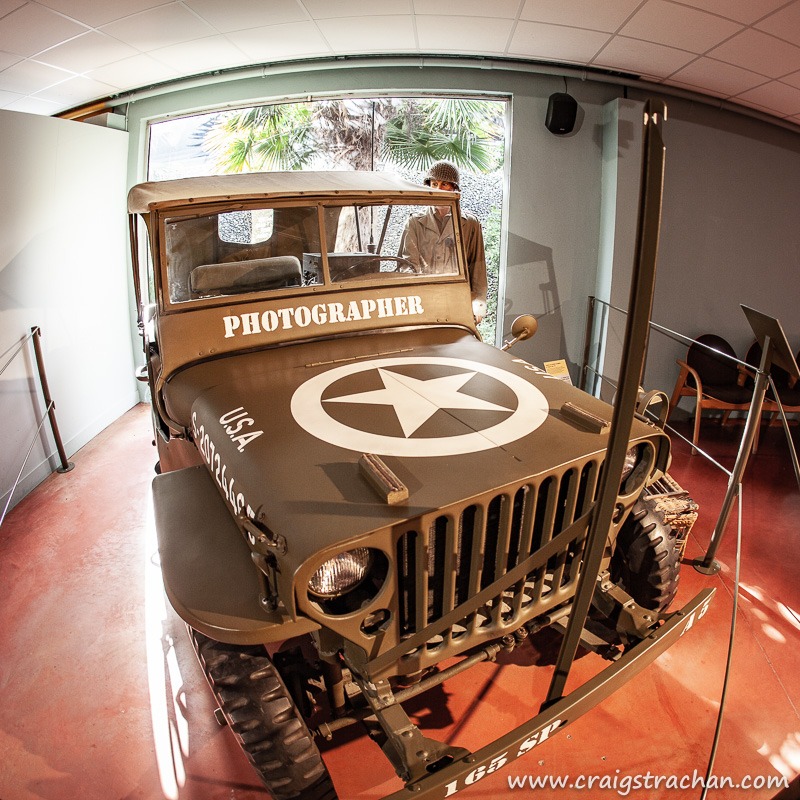




Leave a Comment